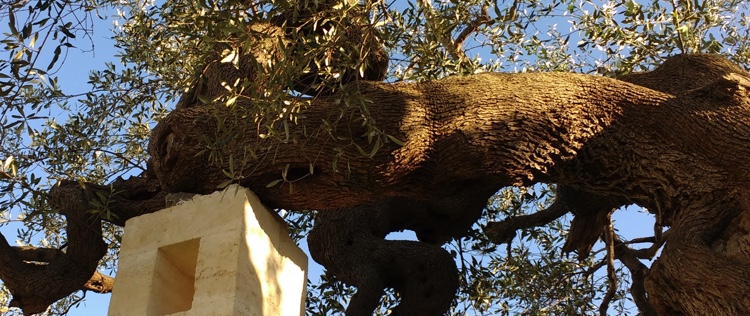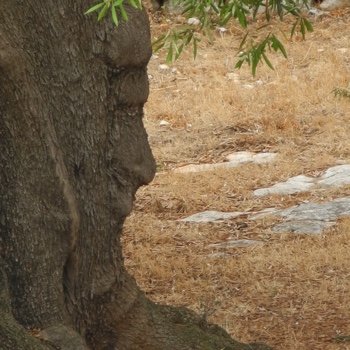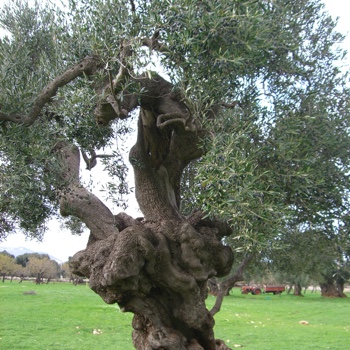Ancient olive trees


In the 27 hectares of land owned by the masseria there are 500 centuries-old olive trees that still today, generously, produce olives of the "Ogliarola salentina" variety.
In these fields you understand what it means monumental olive tree going close to it, touching the twisted trunks, looking up at its branches that rise up towards the sky like arms.
As the pastor knows every single animal of his flock, we should know our trees. Instead we discover "new" trees at every walk. The time of day and the play of light make us see always different plants with surprising details.
The territory of monumental olive trees
The farm is located in the territory of Monumental Olives, a vast coastal area between Monopoli and Carovigno, recently included in the national list of historic agricultural landscapes. These hundreds of thousands of olive trees are as large as oaks and are protected by the Puglia Region which initiated the census and geolocation (each tree is identified by a number and by specific geographical coordinates). An olive tree must have a trunk of a minimum circumference of one meter to be called monumental.
Most of these olive trees were planted between the XVII and XVIII centuries, but some of them are from Roman times, when the city of Egnatia was rich and flourishing. From the farm, looking towards the sea, one grasps the sense of the vastness of this area.
















